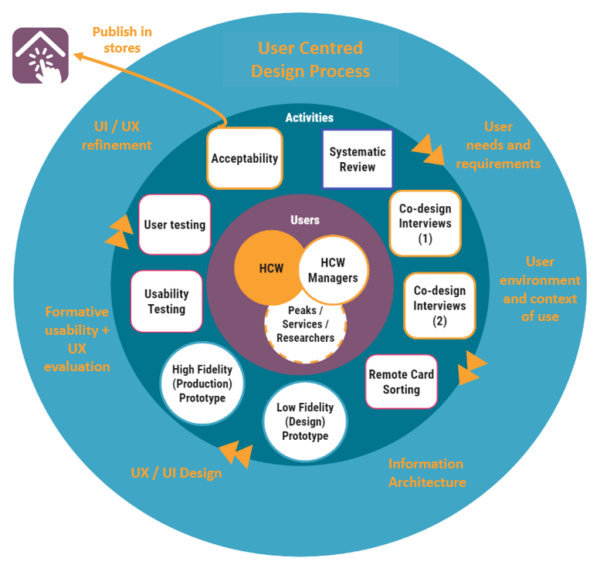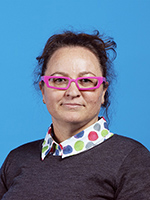
Written by Dr Amanda Adams, Research Fellow, Aged Care Research & Industry Innovation Australia (ARIIA), and Early Career Researcher, RePaDD.
If we asked people to highlight what makes digital technologies enjoyable, productive, or meaningful, the factors described would be based on individual needs, ability, and personal experience. Although different for all of us, each factor contributes to essentially what we want from our interaction with digital products: a high-quality experience that meets or exceeds our expectations. Individual factors describe aspects of the practical interaction – usability, functionality, reliability, and satisfaction but also the subtle components of design eliciting user delight (emotional or psychological responses), [1] including aesthetics of the interface. Balancing these factors within a digital interface is complex; some say getting it right is a dark art, requiring equal parts magic and science!
Whilst quality magic is out of reach of most research project budgets, we can invest our time and resources in undertaking user-centred activities supporting the design and function of the products to suit the needs and requirements of our users. The comprehensiveness of the process is dependent on development timelines, budget, experience of project staff, collaboration of the DevOPS team and access to people (end-users, healthcare professionals, and stakeholders).

As an example of what can be achieved if interdisciplinary teams have adequate resources and expertise, the design and development of the ELDAC Home Care App followed a quality-driven, user-centred design process to produce a high-quality palliative care app designed specifically to meet the needs of Australian home care workforce (Figure 1). A comprehensive series of sequential activities combining both traditional and user-centred research approaches to:
- Understand the needs and requirements of home care workers, in context to their lived experience and work environments – systematic literature review and engagement of the expert advisory group.
- Develop content and identify App information or resources – Co-design interviews with home care workers and managers.
- Design user interface and user experience – Card sorting and reiterative modifications of prototypes
- Assess end-user usability of the production prototype to resolve issues before release.
- Capture user interaction data from within the user interface to explore home care worker behaviour.
- Evaluate the perceived impact, value, and use of App by home care workers using qualitative research methods (surveys and interviews)
This list of activities may make small, under-resourced or inexperienced project teams feel like hiring a magician may be easier, but it does not have to be an all-or-nothing approach to quality design. Applying a pragmatic user-centred design approach means involving end-users in design and evaluation activities at points across the process to gain their insights, learn from their experiences, and optimise the product for as many users as possible. How and when end-users are involved is reflected in the timing, activity type (generative, explorative, or evaluative) and the level of expertise available to interpret the findings to make changes to improve the product’s user experience.
Having end-users involved in at least one research-based activity to generate feedback or valuable insights is better than guessing how users will engage with the product and is much cheaper than hiring a magician to pull a rabbit (or a great product) out of their hat!
References
- Fessenden TA. Theory of User Delight: Why Usability Is the Foundation for Delightful Experiences [Internet]. Dover, USA: Norman Nielsen Group, March 5, 2017 [cited 2023 November 15]. Available from: https://www.nngroup.com/articles/theory-user-delight/
Hear more from Dr Amanda Adams about using a quality-driven, user-centred design approach to create quality digital palliative care experiences at the RePaDD Seminar Series:


